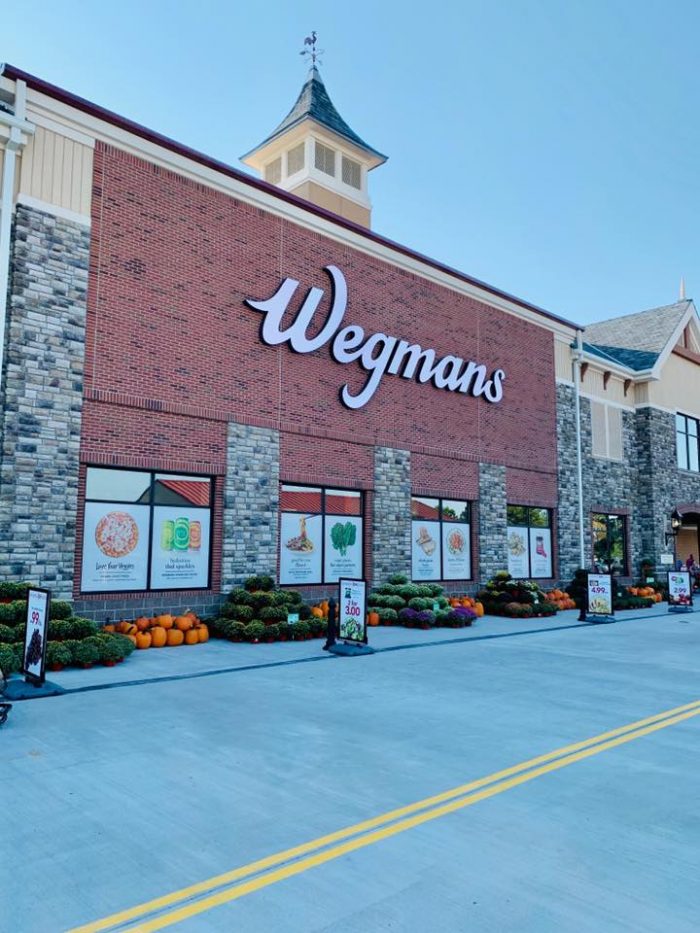Consumer Reports wanted to know if this type of emerging convenience is really fresh and healthy. Our experts and undercover shoppers scanned boxes of well-prepared food at six large supermarket chains in the Northeast. He made several visits last spring over four weeks to see what dishes were offered regularly. Using this information, we selected 24 ready meals, entrees, and side dishes, which were a mix of bases like roast chicken or mashed potatoes. Unusual dishes like Parmesan-crusted tilapia and healthier dishes like Edamame cranberry salad.
Shoppers went to at least three locations in each chain where they purchased the selected dishes and asked questions about where the food was prepared and if nutritional information was available. The three samples on each plate were analyzed in the laboratory to determine the MyWegmansConnect calories, fat, saturated fat, sodium, and foods that these fibers should contain. (Download a “Diet by Numbers” PDF for a list of averages.)
The Results
Our tests and analyzes have produced surprising results that smart food consumers should be aware of.
Not all stores promise that the food they sell is fresh and raw. But it certainly is the implication; When you go to a counter busy with Koch-type employees, you may think you are getting a home-cooked meal in the traditional sense.
However, it would be a mistake to assume that chefs would always peel and mash potatoes on their backs, or dip chicken chops in eggs and breadcrumbs. In fact, only half of the prepared MyWegmansConnect meals we bought for our tests were prepared on-site, according to store employees surveyed by our secret shoppers.

No supermarket prepared all the dishes that are sold at home. Our research also found that some dishes were not even prepared in the same zip code as the store. “Preparing stores”, cooking anywhere, is very expensive. Stores that prepare local dishes, therefore, charge a fee.
Where do most of the food sold in supermarkets come from? Some chains use centralized kitchens to prepare large quantities of prepared foods, such as soups, and then deliver them to stores.
Others provide food solutions that consumers consider fresh but were delivered frozen [in the supermarket] and heated in the store’s kitchen, according to a report by research and consulting firm AT Kearney and Technomic.
Neither of these options results in dishes that are necessarily free of preservatives or other ingredients found in processed foods. For example, the mashed potatoes we bought at two ShopRite stores contained sodium benzoate, a preservative, and disodium pyrophosphate to maintain color. Costco’s macaroni and cheese offered artificial colors, and Wegmans’ Parmesan chicken contained wheat gluten.